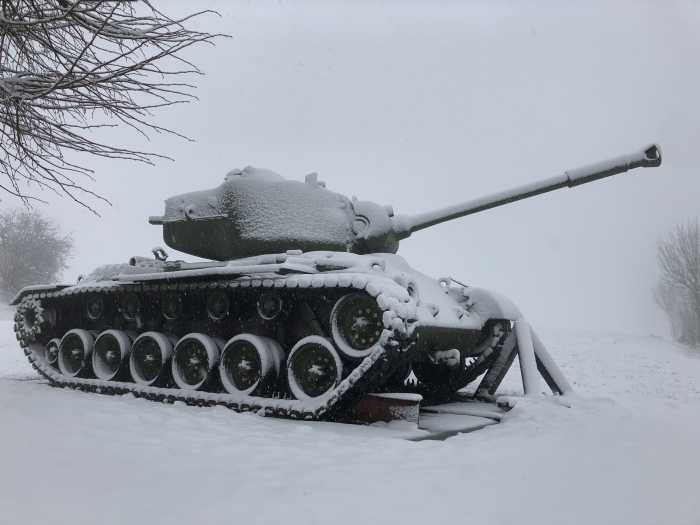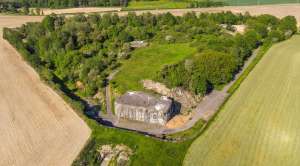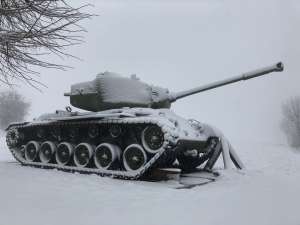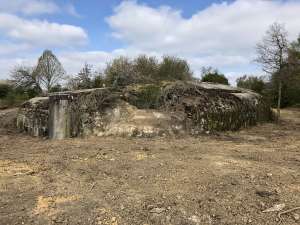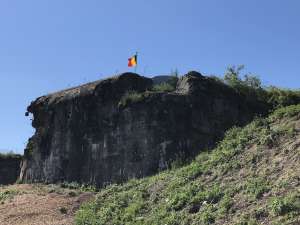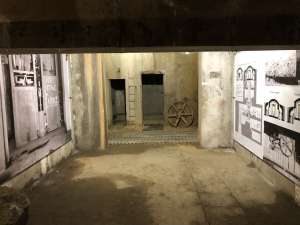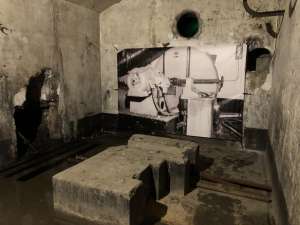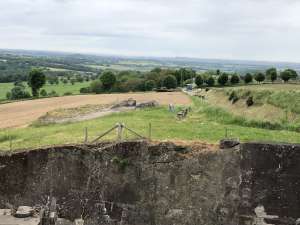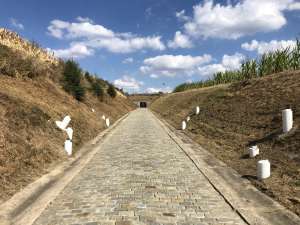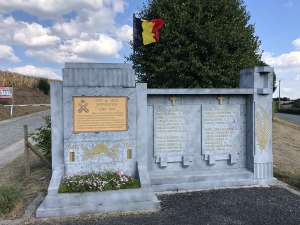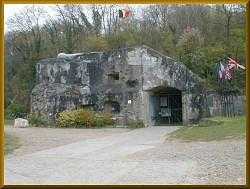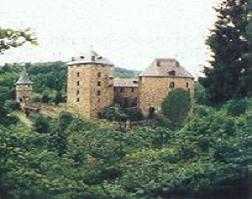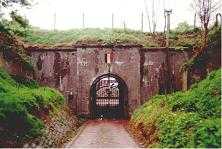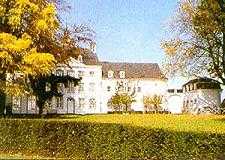Attraction : Fortress of Aubin-Neufchâteau in NEUFCHÂTEAU
Rue du Colonel d'Ardenne, 11, 4608 NEUFCHÂTEAU
Castles & fortress
Presentation
Construction began in April 1935 and was completed in 1938. The official inauguration took place on May 09, 1937, in the presence of numerous civil, military and political authorities, as well as crowds of villagers, local schoolchildren and patriotic sections.
In the early hours of Friday May 10, 1940, the Fort d'Aubin-Neufchâteau was plunged into a battle that lasted until May 21, when it surrendered at around 5.00 pm.
During the battle, the Fort deplored the loss of 7 soldiers from its garrison and counted no fewer than 20 wounded after 23 assaults by infantry, artillery and aircraft. The enemy left between 500 and 2,000 men in front of its walls, and the German troops admitted to having undergone the toughest artillery battle on the Western Front in front of the fort.
The fort resisted until its resources were exhausted. Turrets destroyed, no more ammunition for its close defences, the entrance block was taken by force after the last grenade had been thrown by the defenders.
The massif is partly occupied by the enemy. Flamethrowers prevent the bells and domes from being occupied. Ammunition is almost exhausted. Some casemate weapons are destroyed or unusable. After two refusals to surrender to parliamentarians, surrender must now be considered.
A meeting of the Fort's defense committee was held in the underground barracks: surrender was the only option left to preserve the lives of the men.
On May 21, 1940, at around 5:00 pm, Commandant D'Ardenne emerged from the underground barracks and negotiated the surrender of his Fort: 24 hours' rest for his men, care for the wounded and a decent burial for his dead. These conditions were accepted by Colonel Rünge, and the garrison was allowed to march out in front of a guard of honor of German soldiers. As a token of his bravery and fighting spirit, Commandant D'Ardenne was presented with his sabre, which would accompany him throughout his captivity.
Everything in the fort that could be used by the enemy was destroyed. After 12 days of fierce fighting, the 545 or so men of the garrison saw the light of day again and headed on foot for Maastricht, where they boarded cattle cars that would take most of them to East Prussia (Stalag IA)...
In 1942 and 1943, the fort was tested for secret German weapons, including the "Röchling" shell, a two-meter projectile capable of piercing 4.50 meters of reinforced concrete. The terrible damage caused by this weapon can still be seen today.
In the 1960s, the fort was disarmed and scrapped following the removal of its armour, and it was around 1978 that the elders, followed a few years later by a relief team, cleaned up the site and enabled it to be safely reopened to the public.
Today, the Fort is still a military estate run by volunteers who have taken over from the garrison's alumni, and whose mission is to perpetuate the memory of these brave men.
Opening : Visits each 3rd Sunday of the month, from April to November, at 13.30.

